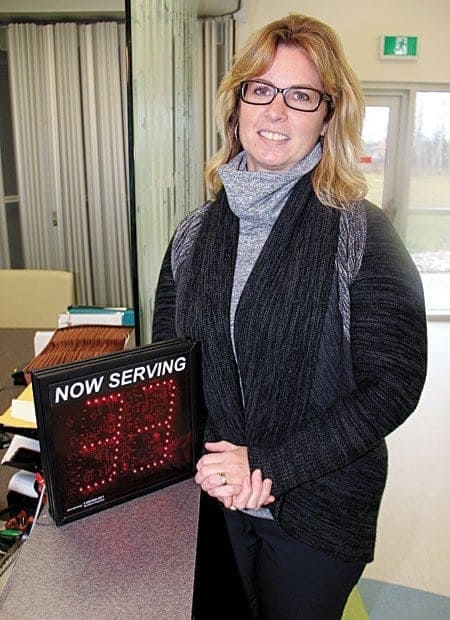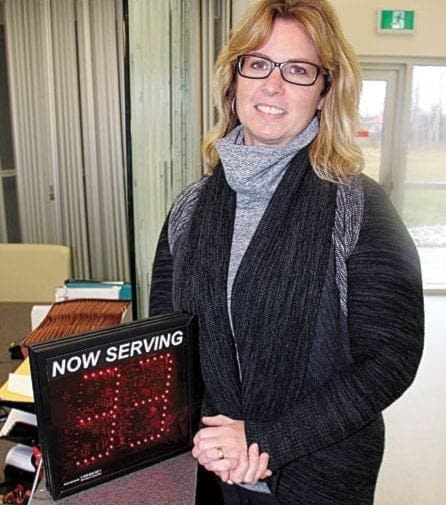Changes to the walk-in appointment system for the medical clinic at the Hay River Regional Health Centre are expected to be announced next month.

"The changes will take place sometime in February based on the changes in technology that are required," said Erin Griffiths, chief executive officer of the Hay River Health and Social Services Authority.
Those changes include work by NorthwesTel.
Griffiths and Mike Maher, the public administrator for the health authority, declined to describe what changes will be made to the walk-in appointment system, explaining that will be revealed in next month's announcement.
"We've had the recommendations, so now it's here's what we are going to implement," said Maher. "So we'll have a communications strategy. Some of it is we've got to get the electronics and staffing done on our back end, and then roll it out."
The recommendations are the result of a review by a working group involving health centre staff and members of the public that formed last spring.
Currently, the walk-in appointment system involves people having to show up to take a number between 7:30 a.m. and 8:45 a.m., when appointment times are handed out when the medical clinic opens.
However, there have been some objections to the system, including that it means people without vehicles need to take a cab to the clinic to pick up a number, wait for about an hour, get a cab home, then get another cab back for an appointment and then take a fourth cab home.
An online petition was even launched seeking a phone-in system.
The health authority's plans are to keep what is working for the majority of people and make adjustments for the minority for which the system is not working so well.
"A lot of people liked the ticket system because it's convenient for a lot of people," said Maher. "So it's how do we supplement it for those people with the mobility issues or transportation issues?"
As for why it has taken so long for the working group to make recommendations, Griffiths noted the health authority decided to include community members.
"We had no interest the first two times we put an ad out," she said.
Eventually, the health authority had to directly approach members of the public to join the working group.
"So that took more than a month to even just get established," said Griffiths, adding that by then the summer had arrived and there was not great attendance at the working group.
"So there were definitely some delays in that working group for sure," she said.
The working group picked up again in the fall.
According to numbers from the health authority, there were 3,872 patients – walk-in and by appointment – seen at the medical clinic in the three-month period from October to December.
There were also 324 no-shows.
